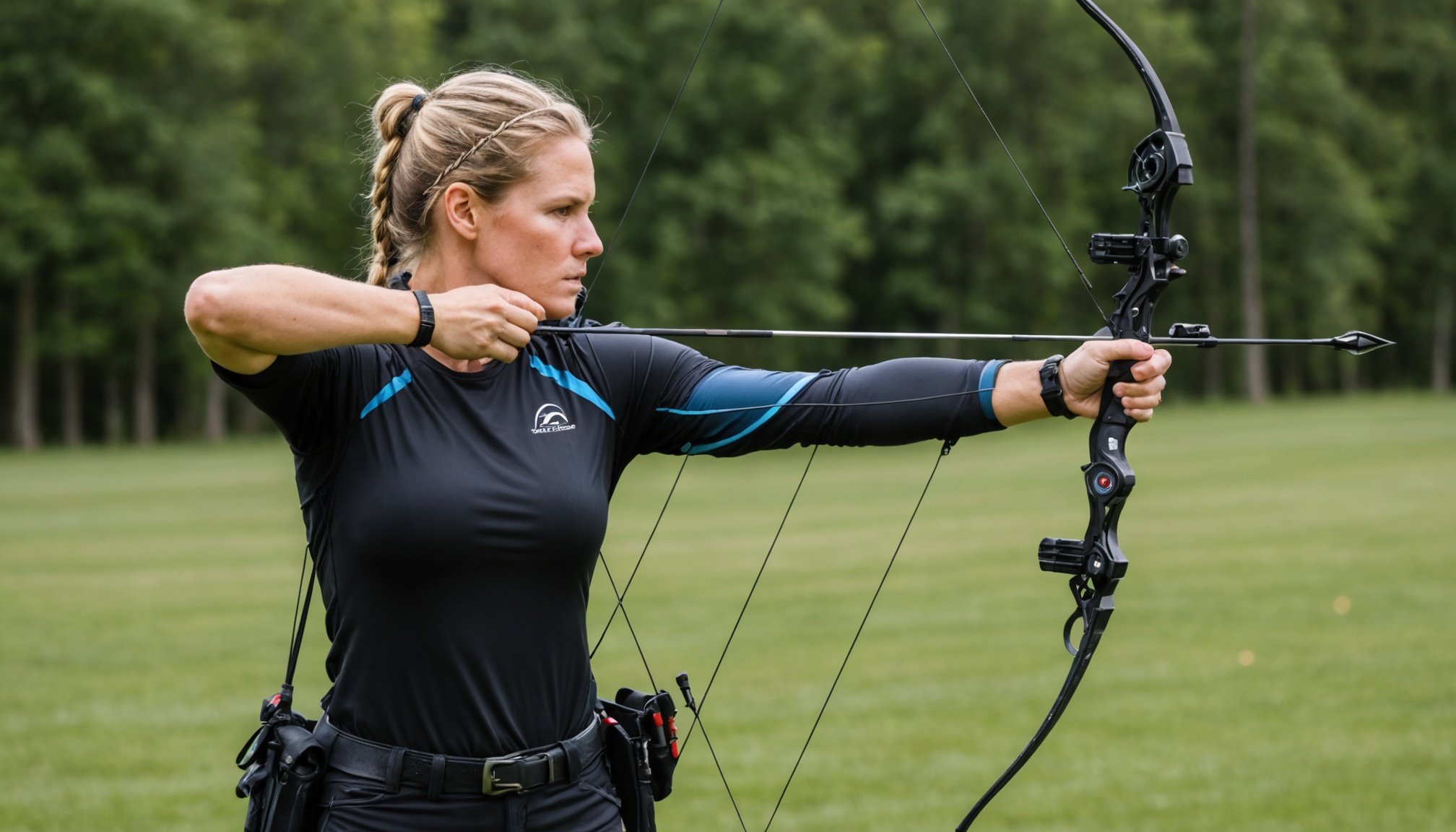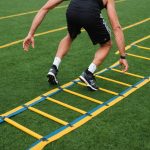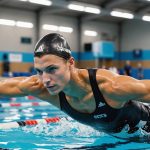Elite archers constantly strive for peak performance, often feeling the pressure to excel under competitive circumstances. Biofeedback techniques offer a scientifically-backed approach to enhance focus, accuracy, and mental resilience. By tapping into physiological data, archers can refine their skills and reactions, leading to improved outcomes. This exploration reveals practical applications of biofeedback training, empowering archers to unlock their full potential on the range. Discover how these techniques can transform your game and elevate your performance, no matter your skill level.
Overview of Biofeedback Techniques
Biofeedback is a technique that involves using electronic monitoring to gain information about physiological processes. This method helps individuals learn how to control bodily functions, such as heart rate and muscle tension, which are typically involuntary. By providing real-time data, biofeedback allows athletes to enhance their performance through targeted mental training.
Have you seen this : Unlocking Elite Performance: Mastering Sleep Optimization for Track and Field Athletes
In the realm of sports, particularly archery, several types of biofeedback techniques are employed. Heart rate variability (HRV) biofeedback helps archers regulate their breathing and heart rate, promoting calmness and focus. Electromyography (EMG) biofeedback, on the other hand, measures muscle tension, assisting in achieving optimal muscle relaxation and precision during shooting.
The importance of mental training in sports performance cannot be overstated. Biofeedback serves as a powerful tool for mental training, enabling athletes to develop awareness and control over their physiological responses. This awareness not only enhances physical performance but also boosts confidence and reduces anxiety during competitions.
Additional reading : Unlocking Peak Performance: A Cyclist”s Guide to Smart Carbohydrate Intake
Through consistent practice with biofeedback, archers can refine their skills and improve their overall performance. By mastering the art of mental training, they gain a competitive edge, demonstrating the profound impact of biofeedback in sports.
Specific Biofeedback Techniques for Elite Archers
In the competitive world of archery, elite athletes employ various focus techniques and visualization methods to enhance their performance. These methods are integral to mastering the mental aspects of the sport.
Heart Rate Variability Training
Heart Rate Variability (HRV) training is pivotal for archers aiming to maintain calmness and focus. By monitoring HRV, athletes can fine-tune their breathing patterns to achieve a state of relaxation and concentration. This approach helps in synchronizing breath with the shot, enhancing precision.
Neurofeedback Applications
Neurofeedback is another advanced tool used by archers to optimize brain function. By providing real-time feedback on brain activity, neurofeedback helps athletes identify and modulate mental states conducive to peak performance. This technique aids in reducing distractions and maintaining a heightened state of focus during competitions.
Breathing Techniques for Performance
Effective breathing techniques are crucial for managing stress and improving performance. Archers learn to control their breath to stabilize their heart rate and reduce anxiety. Techniques such as diaphragmatic breathing and paced respiration are integrated into training routines to ensure consistent performance under pressure.
These biofeedback techniques, when combined with visualization methods, empower archers to refine their skills and gain a competitive edge.
Scientific Research on Biofeedback and Performance
Scientific research studies have consistently demonstrated the profound impact of biofeedback on athletic performance. By examining various performance metrics, these studies highlight the effectiveness of biofeedback in enhancing athletes' capabilities.
Key studies reveal that biofeedback not only improves physical performance but also offers significant psychological benefits. Athletes experience reduced anxiety levels and heightened focus, crucial for excelling in high-pressure environments. This is especially pertinent in sports like archery, where mental acuity is as vital as physical skill.
To evaluate performance improvements, researchers employ a variety of metrics. These include heart rate variability, muscle tension levels, and brainwave patterns. By monitoring these indicators, athletes can gain insights into their physiological states and make precise adjustments to optimize performance.
The psychological benefits observed in these studies are noteworthy. Athletes report feeling more in control of their mental states, leading to increased confidence and reduced stress during competitions. This mental fortitude, fostered through biofeedback, is a key differentiator in competitive sports.
In conclusion, the body of research underscores biofeedback's role in not only refining physical skills but also bolstering athletes' mental resilience, providing a comprehensive approach to performance enhancement.
Case Studies and Testimonials from Elite Archers
Elite athletes in archery consistently showcase remarkable success stories, often attributing their achievements to the strategic use of biofeedback. One notable example is an elite archer who integrated biofeedback into her routine, witnessing significant improvements in her performance. By monitoring heart rate variability and muscle tension, she fine-tuned her focus and precision, leading to multiple tournament victories. Her testimonial highlights the transformative impact of biofeedback, emphasizing how it enhanced her mental resilience and competitive edge.
Another success story comes from an archer who struggled with performance anxiety. Through targeted biofeedback training, he learned to control his physiological responses, resulting in calmer, more focused performances. His training outcomes included reduced anxiety and improved consistency, demonstrating the broad benefits of biofeedback.
Common themes among these elite athletes include a commitment to continuous improvement and a focus on mental training. They often cite the importance of understanding and controlling physiological responses as key strategies. By leveraging biofeedback, these archers have not only refined their skills but also gained invaluable insights into their mental and physical states, underscoring the crucial role of biofeedback in achieving elite performance levels.
Practical Steps to Integrate Biofeedback into Training
Integrating biofeedback into training routines can significantly enhance an archer's performance. By adopting effective integration methods, athletes can fine-tune their physiological responses for improved results.
Setting Up a Biofeedback Routine
To begin, establish a structured biofeedback routine. Start by identifying key physiological metrics to monitor, such as heart rate variability and muscle tension. Set specific goals for each session to track improvements over time. Consistency is crucial; allocate regular time slots in your schedule to practice biofeedback techniques, ensuring they become a natural part of your training regimen.
Tools and Technology for Monitoring
Utilizing the right tools and technology is essential for effective biofeedback. Invest in reliable devices that offer real-time feedback on physiological data. Wearable sensors and smartphone apps provide convenient and accurate monitoring options. Choose tools that align with your specific training needs, allowing seamless integration into your daily routine.
Tips for Consistent Practice
For successful integration, maintain a disciplined approach. Here are some tips:
- Set clear objectives for each session.
- Review progress regularly to adjust your strategy.
- Incorporate feedback into your overall training plan.
By following these steps, archers can effectively incorporate biofeedback into their performance tracking, leading to enhanced skills and competitive success.











